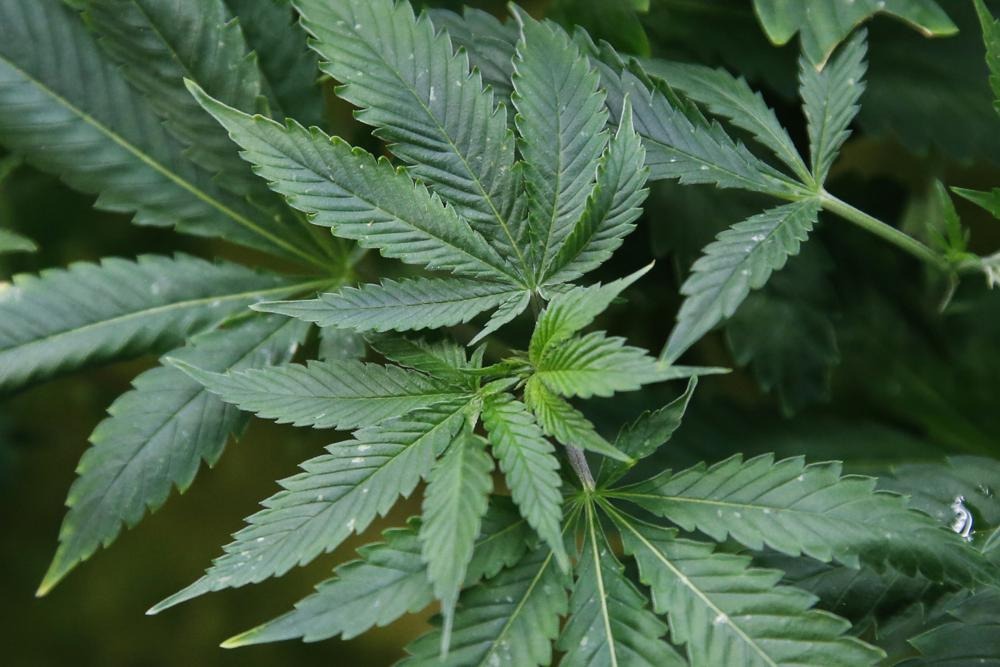Many older adults are using medical marijuana to treat a variety of conditions, but experts say that conflicting laws, unclear safety standards and complicated rulemaking processes mean it could be years before Medicare may cover the drug.
One in five Medicare recipients currently uses medical marijuana, according to an April 2022 poll by the Medicare Plans Patient Resource Center, an organization that provides Medicare guidance and information. And nearly a quarter have used it in the past. Two-thirds of Medicare recipients think Medicare should cover it, the poll found.
But Medicare doesn’t cover medical marijuana because it’s not federally legal and not approved by the Food and Drug Administration. Here’s where the situation stands.
WHY COVER MEDICAL MARIJUANA FOR OLDER ADULTS?
In one analysis of data from a large cannabis dispensary in New York, 60% of patients were 50 or older, according to an April 2022 paper in the journal, Cannabis and Cannabinoid Research. The patients used cannabis for severe or chronic pain, cancer, Parkinson’s disease and neuropathy, among other things.
And marijuana isn’t cheap: Patients might pay as much as $5 per dose for edible products or $5 to $20 per gram for plant buds, according to New York Cancer & Blood Specialists, which provides care to patients with cancer and blood disorders . (That’s about $142 to $567 per ounce.) Even in states where medical marijuana can be legally prescribed, patients might not be able to afford the prescription.
“This medicine is so expensive,” says Debbie Churgai, executive director of Americans for Safe Access, a nonprofit dedicated to ensuring safe and legal access to cannabis for therapeutic use and research. “There are some states now where insurance will cover the cost of the doctor visit or the cost of the marijuana card, but no insurance will cover the cost of the actual products.”
WHAT ARE THE FEDERAL ROADBLOCKS?
Two significant issues stand between medical marijuana and Medicare coverage. The first is that the government classifies marijuana as a Schedule I drug, a category of drugs with “no currently accepted medical use and a high potential for abuse” in the United States, according to the Drug Enforcement Administration.
“There is no way the federal government is going to reimburse people through a federal program for a substance they deem as illegal,” says Paul Armentano, deputy director of NORML, the National Association for the Reform of Marijuana Laws.
The second issue is that Medicare requires that the FDA approve a covered drug as safe and effective. Although the FDA has approved one cannabis-derived drug product and three synthetic cannabis-related drug products for prescription use, the agency hasn’t approved the marketing of cannabis for medical treatment.
WHAT ABOUT IN STATES WHERE IT’S LEGAL?
Sure, marijuana is illegal at the federal level, but medical marijuana is now legal in 37 states and Washington D.C. Could private insurers — companies that offer Medicare Advantage, for instance — decide to cover it?
Not likely, says Kyle Jaeger, a cannabis policy reporter and senior editor at Marijuana Moment, a cannabis news site. Like banking institutions that have hesitated to offer services to marijuana businesses, major health insurers will likely decline to cover cannabis as long as it remains a Schedule I drug under federal law.
Also, private insurers rely on the FDA to guide them on which drugs to cover. Consider that the FDA released a statement in January saying that current regulatory pathways are insufficient to allow the agency to classify CBD as a dietary supplement.
“It’s incredibly frustrating for consumers, because all they want is a safe, consistent product,” Jaeger says.
HOW HIGH IS THE BAR FOR CANNABIS COVERAGE?
Among other things, the marketplace needs more data on the medicinal use of cannabis. “(Insurers) need data to show that the outcomes from cannabis care are equivalent to, if not better than, existing options that they do cover,” says Dr. Benjamin Caplan, founder and chief medical officer of CED Clinic, which provides services to people seeking cannabis treatment.
This is partly complicated by the free-market dispensary system in which patients are free to buy any product. “The system has to be tweaked,” Caplan says. “Patients can’t just have carte blanche to buy whatever they want and the insurance companies are on the hook to cover that.”
Considering the breadth of legal and regulatory obstacles facing the process, plus an overhaul of the dispensary system, the road to cannabis coverage is lengthy, says Jaeger. “I’d say we are many years from having that conversation and rulemaking for something like Medicare.”
(AP)












2 Responses
MY wife has chronic pain and uses medical pot to take down the pain so life is liveable, there is no high from it either.
However it is very expensive and old people just don’t have the income anymore. It would be great to be subsidized.
My guess is that as long as a federal agency keeps involved in traficking it to fund covert operations, it probably will remain a controlled substance under federal law.